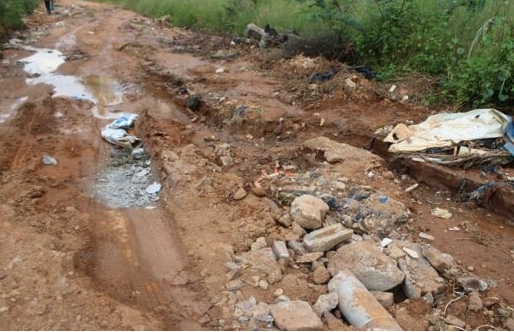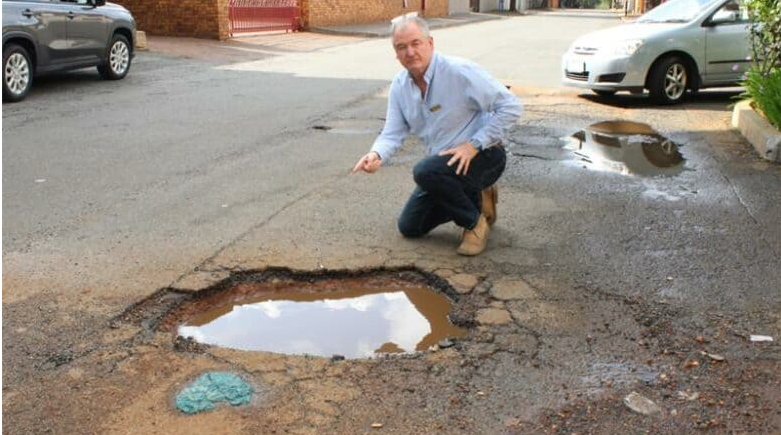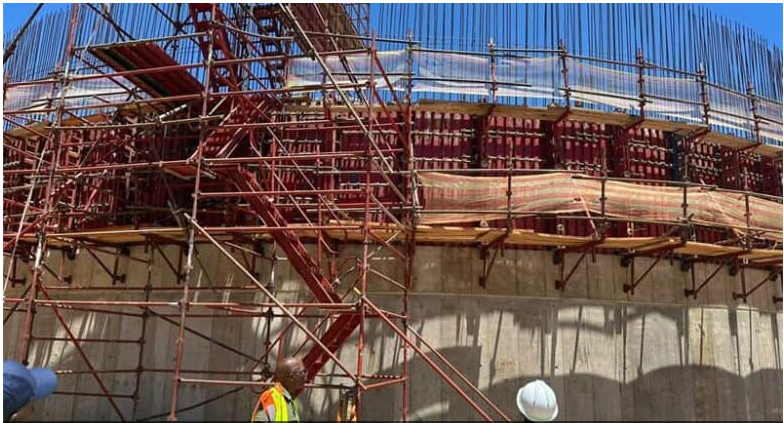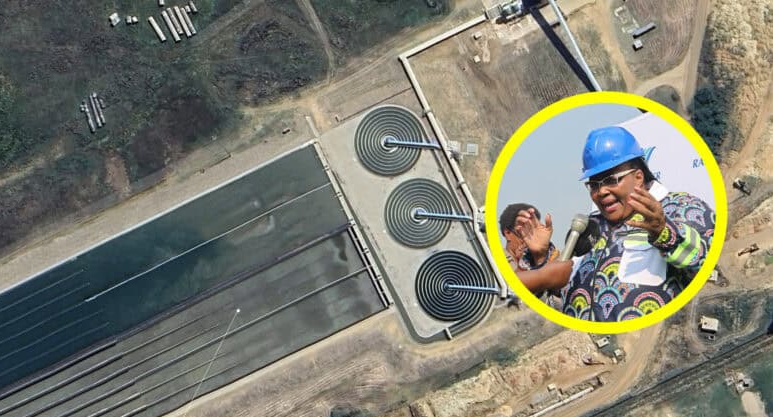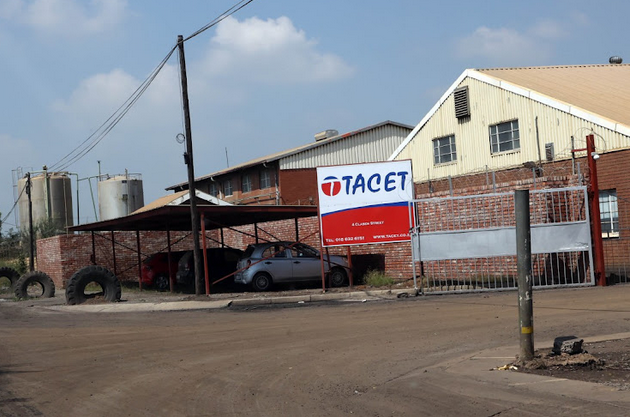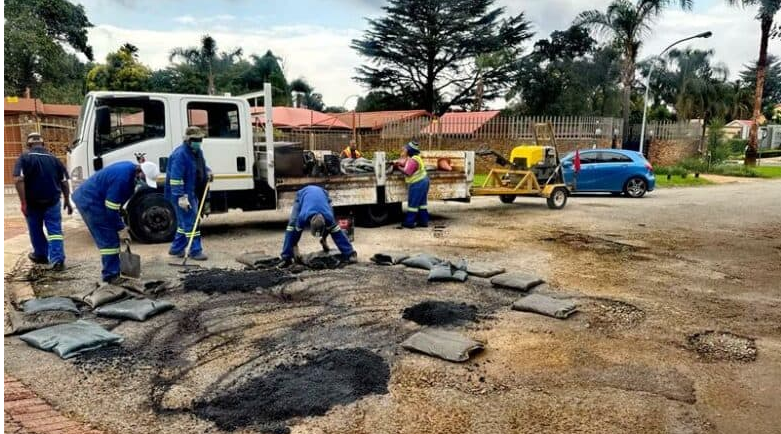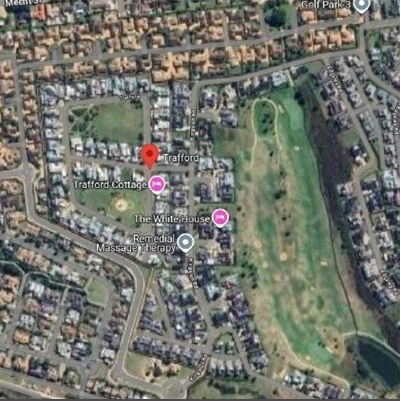A nail in the coffin for load shedding in South Africa

26-03-2025
Read : 68 times
Business Tech
Source
Eskom has added a nail in the coffin for load shedding in South Africa by adding 800MW of new capacity to the national grid.
This significant step toward ending load shedding was achieved with the successful synchronisation of Kusile Power Station’s final unit, Unit 6.
In a statement on Sunday (23 March), the power utility said the unit was officially connected to the grid at 16h45.
Eskom described the event as a “crucial step” in its goal of adding 2,500MW of new capacity to the grid by March 2025.
Kusile Power Station is one of South Africa’s largest infrastructure projects. Once fully operational, it will contribute 4,800MW to the national grid, playing a major role in Eskom’s efforts to stabilise the country’s electricity supply.
“Eskom is at a critical point returning megawatts to the grid as we are currently in a constrained state,” said Bheki Nxumalo, Eskom’s Group Executive for Generation.
“This milestone is a testament to the unwavering dedication and resilience of Eskom’s employees and contractors. Their commitment has driven us forward despite numerous challenges.”
The addition of Kusile Unit 6 is part of Eskom’s broader Generation Recovery Plan, which aims to improve generation performance and ensure energy security.
Over the next six months, the unit will undergo extensive testing and optimisation before it reaches full commercial operation in the second half of 2025 when its 800MW capacity will be officially added to Eskom’s generation fleet.
“Kusile Unit 6’s addition is proof that we are making continued progress in stabilising and strengthening South Africa’s electricity supply,” said Eskom Group Chief Executive Dan Marokane.
“Meeting the targets we set in the Generation Recovery Plan underscores our determination to deliver new capacity, enhance generation performance, support economic growth, and ultimately deliver a more sustainable energy future.”
Kusile Power Station is also notable for being the first in South Africa and Africa to implement Wet Flue Gas Desulphurisation (WFGD) technology.
Eskom said this advanced system helps reduce sulphur dioxide emissions and ensures compliance with air quality standards, aligning with global best practices.
The introduction of this technology demonstrates Eskom’s commitment to balancing energy security with environmental responsibility.
Meanwhile, Eskom’s other major new-build project, Medupi Power Station, is also on track to deliver additional capacity.
Medupi’s Unit 4 is expected to return 800MW to the grid by the end of April 2025 following an extended outage caused by a generator stator failure.
Once both Kusile and Medupi are fully operational, South Africa’s newest power station projects will be essentially complete.
Marokane reassured South Africans that Eskom remains committed to reducing the frequency and severity of load shedding.
“We reiterate our commitment to ensuring that South Africa is in no way returning to the levels of load shedding that we experienced in 2023,” he said.
“Our focus remains on delivering a more reliable, resilient, and sustainable power system for the country.”
With this latest milestone, Eskom added it remains committed to implementing the Generation Operational Recovery Plan, strengthening governance, and future-proofing the organisation.
“This is to ensure energy security, growth, and long-term sustainability for the benefit of South Africa and sub-Saharan Africa.”
Recent News
Here are recent news articles from the Building and Construction Industry.
Have you signed up for your free copy yet?

